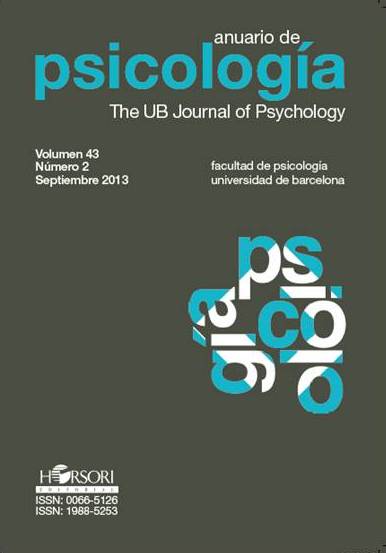Adaptation and validation of the Tower of London test in Mexican adults older than 60 years
Keywords:
Tower of London, executive function, elderly, neuropsychological evaluation, Item Response TheoryAbstract
The Tower of London (ToL) is a neuropsychological test focused on assessing mental planning (Shallice, 1982). There is little evidence about its functioning in elderly population. The objective of this work is to obtain data from reliability and validity for adults over 60 years. The test was administered to 256 participants selected by accidental sampling stratified by age and gender. The sample was obtained at community centers in Guadalajara city (Mexico). Internal consistency was estimated using Cronbach's α, and Pearson linear correlations were conducted to assess the effects of age and education. Construct validity was studied with an exploratory factor analysis and, finally, the items were analized with the Item Response Theory (IRT). It was found an effect between age and some indicators such as rating, run time, total time and time violations. Internal consistency for the indicators ranged from α = .329 to α = .794. The initiation time is the indicator that showed a higher . In the factor analysis, for initiation time indicator the factor accounted for 41% of the total variance, while for the other indicators did not explain variance at a satisfactory level. Therefore, to use the ToL in adult population requires some psychometric adjustments, especially to solve some problems of homogeneity in the items.Downloads
Published
2013-09-01
Issue
Section
Articles
License
The authors who publish in this journal agree to the following terms:
Authors transfer to the publisher all copyright for the full term of protection and for all the world.
The authors can post a copy of their articles in accordance with the policy of free access to the journal.


